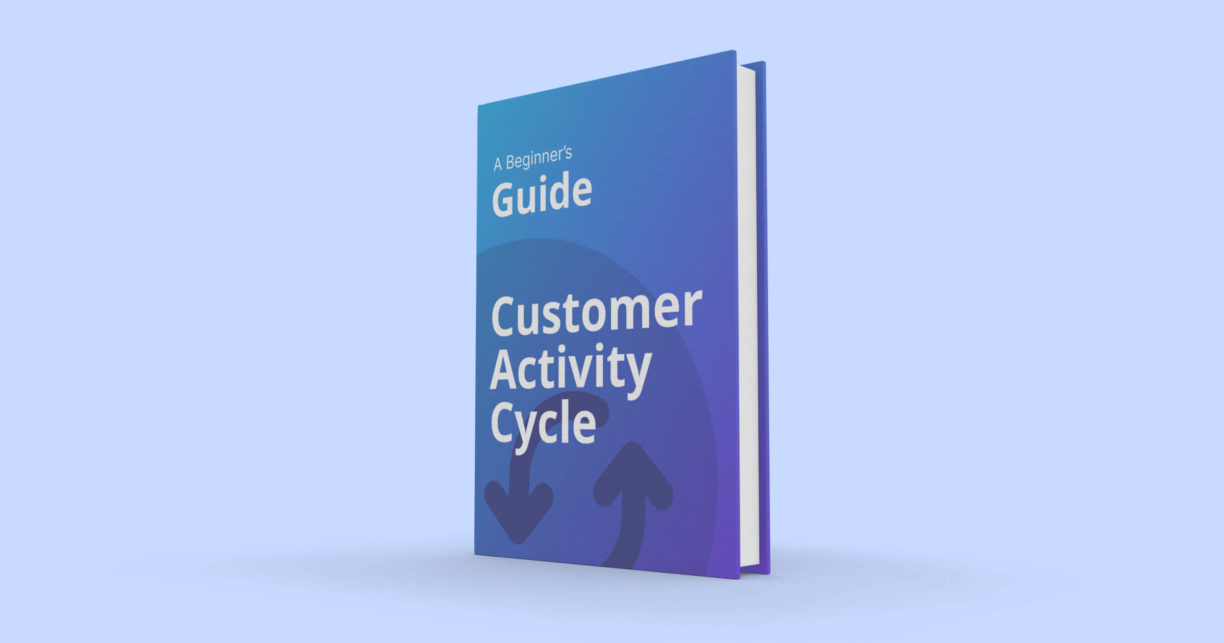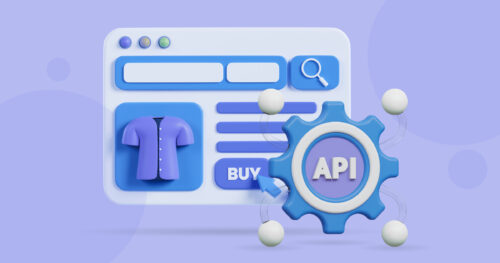The customer activity cycle (CAC) is a conceptual framework used in the customer life cycle process that begins with identifying potential customers and ends with the customer’s ongoing patronage of your business. Each step in the cycle is essential for success, but it can be difficult to know where to start. This means that your business can start planning activities that will attract new customers and keep them coming back for more.
What is a customer activity cycle?
The CAC represents the customer’s entire experience on their journey while acquiring a certain product or service. It does not only concern a part of the experience or transaction, but instead tries to capture the full experience of the customer before, during, and after the experience.
In general, the customer activity cycle includes activities such as attracting new customers, engaging current customers, and converting leads into paying customers. It also involves identifying opportunities in the customer life cycle to add more value to the customer experience.
Why is the CAC important for eCommerce?

Understanding the customer activity cycle helps eCommerce businesses improve their marketing, sales, and customer retention strategies, ultimately helping them achieve business goals. Focusing on each stage of the CAC allows companies to effectively improve aspects such as website design, SEO strategies, social media marketing approaches, and email marketing methods. They can also track customer data to understand what is and isn’t working.
Furthermore, a thorough understanding of the CAC also allows eCommerce businesses to improve the customer experience to increase sales and loyalty. To keep customers coming back, eCommerce businesses need to create a great first impression, provide engaging content and products, make the checkout process easy, and follow up after the sale.
What Are the Stages of the CAC?
There are three stages associated with the CAC approach: pre, during, and post. Each stage provides a business an opportunity to provide value to its target audience.
The First Stage: Pre
This stage of the CAC covers any activity while customers decide what to do at the beginning of the customer life cycle. It covers the awareness and consideration phases.
Awareness

In this phase, the target consumer becomes aware of a product or service. Businesses could use traditional advertising, word of mouth, or social media to raise awareness about their product or service. Regardless of what channels and strategies you use, all customers’ CAC starts in the awareness stage.
Consideration
The second part of the “pre” stage is consideration. This is when the customer has discovered your business and is gathering information, assessing a product or service, and comparing it with competitors. In this phase, the targets also check whether the solutions offered by the product or service will meet their budget or meet their needs. In all, they are considering if your product or service is a good choice.
To hook customers during this stage, you can offer pre-sale Q&As, promote products through sampling or consultation, and use product comparisons and reviews to make their targets aware of their product or service features. They could present their solutions as viable options to their targets to encourage them to make a favorable decision.
The Second Stage: During
This stage covers any activity when customers are already making the purchase. This phase begins when the target decides to purchase your product and becomes a customer. However, keep in mind that even if the customer decides to buy your product, it is not the end of this CAC stage yet. In eCommerce in particular, a customer can abandon their shopping cart or cancel the order at any point during the purchase, especially when they encounter problems on your site or if the merchandiser cannot answer their questions.
Businesses need to make sure that this stage of the customer journey is completed by providing all the information vital to the customer and ensuring that their website is conducive to an enjoyable shopping experience.
The Third Stage: Post
This stage covers any activity that a business does after customers complete the purchase. It includes the retention and advocacy stages of the customer life cycle.
Retention
The customer activity cycle should not end with the purchase. A company must nurture customer relationships, tightening the bond between the customer and the brand, to benefit from repeat purchases. Businesses often explore email marketing and SMS messaging to maintain contact with customers, but you can also launch promotions and ads to do this.
It is also wise to explore other products that your customers might find interesting. Meanwhile, if you use a customer management system, you can maximize it by personalizing your approach to each customer. This can make your brand appear more approachable, thus developing retention among your customers.
Advocacy
This last part of the customer life cycle and the “post” stage of the CAC is when the customer becomes an advocate of the brand or company. This is achieved when they promote your product or service to their friends and family and when they leave positive reviews of the brand. Securing their brand loyalty means that you will continue to enjoy more purchases from them and, at the same time, expand your customer base through these loyal customers’ influence within their network.
To further encourage brand loyalty and advocacy, consider offering referral bonuses and rewards. This may come in the form of special discounts, cashback points, or freebies.
How to Understand Your Customers’ Cycles?

Understanding CAC requires companies to focus on their customers’ behaviors from the beginning and end of their journey with the brand. The company has to identify value gaps, which gives you the opportunity to come up with activities or value-add offers that would further enrich and nurture the customers’ experience. For instance, if a visitor added a product to their cart but did not proceed with the purchase, try to investigate what made them abandon their cart. Simultaneously, you can offer a special discount code to encourage them to continue the cycle.
Furthermore, brands need to define a clear picture or objective for their brand so they can decide which activities can benefit both customers and the company. Discounts are always good for customers, but you must determine if they are profitable for your business, too.
What is a good example of CAC?
One example of a CAC in action is Amazon’s approach to customer relationships through networking and communication. The online retail store’s provision of customer reviews and customer Q&A allows customers to share and gather information. As a result, this creates a strong customer base while also increasing customer traffic on their website.
By ensuring accessibility and convenience in terms of payment, shipping, delivery, and tracking, the company also makes their customers’ experience a positive one. Overall, Amazon has filled the value gaps in their CAC, landing them in a good position in the eCommerce and logistics industry.
How to use it to grow your business
Regardless of their size, any business can use CAC to explore activities that could fill the gaps in their customers’ life cycles. They should first define which values are missing in their activities, and then create a strategy or set of activities that would enrich their customers’ experiences in each stage.
One way to do this is to delegate new customer contact points at every stage of the customer life cycle. By having such contact points, you can focus on analyzing every stage to effectively identify gaps and opportunities. Have these contact points work together to come up with a strategy that will help keep the CAC going and make it profitable.
Making the CAC work for you
Any business could make use of CAC to improve their customer service and customer relationships by launching activities that enhance their experience and add more value throughout the customer life cycle. If you want your company to have a stream of repeat and loyal customers, you need to support and evaluate marketing training, customer service response, and customer interactions at every stage of the CAC.
Understanding CACs gives firms a unique insight into the components of their business strategies that work and don’t work. It also enables them to shift their priorities in areas that would improve the way they approach customer retention and market expansion.
FAQs
What are considered “Customer Activities”?
Customer activities in the CAC are those that the brand uses to engage customers and the reaction of the targets to such activities. These include, but are not limited to, customer support, product sampling, purchasing, sign-ups, and reviewing products or services.
How do you track consumer behavior online?
There are various methods you could use to track consumer behavior online, such as:
Keyword research
Google Survey
QR codes
Customer reviews
Analytics to track consumer behavior over a period of time
How do you collect consumer behavior data?
There are several methods companies can use to legally collect consumer behavior data. These include the following:
Creating focus groups
Monitoring social media metrics
Analyzing purchasing behavior and trends
Interpreting subscription, registration, and transaction data
Monitoring online and physical store traffic
Conducting surveys and interviews
How can marketers track consumer buying habits?
Marketers can use these four strategies to track their customers’ buying habits:
Track in-store customer behavior
Study their targets’ social media habits, posts, and interests
Use online tracking to analyze customer behavior
Analyze multi-channel trends and patterns.

